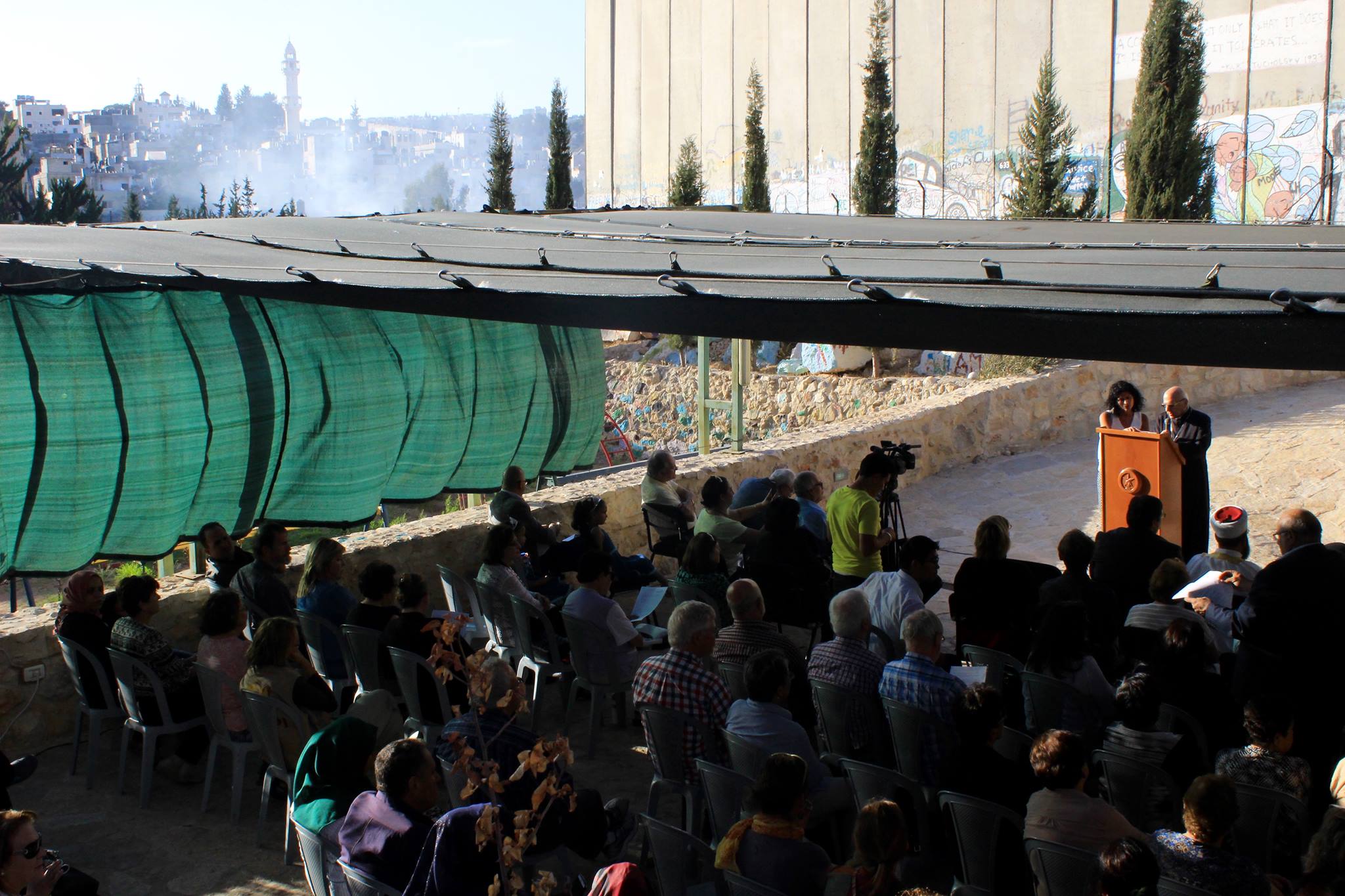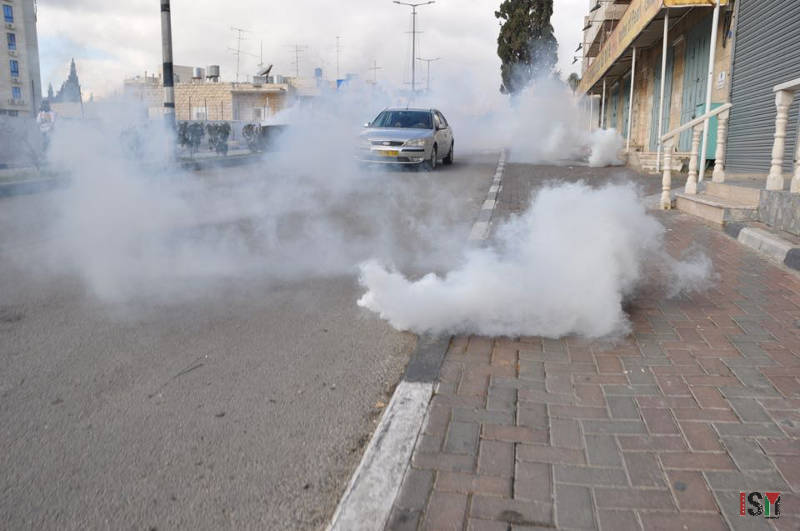Tag: Bethlehem
-
Tortured youths of Aida refugee camp
20th November 2016 | International Solidarity Movement, al-Khalil team | Bethlehem, occupied Palestine On the evening of the 10th of October, a group of approximately 25 children playing outside the community center at the gate of Aida refugee camp, were suddenly, and without provocation, attacked by soldiers dressed in civilian clothing. Caught completely unawares and…
-
World Week of Peace 2016
24th September 2016 | International Solidarity Movement, al-Khalil team | Bethlehem, occupied Palestine Fire. That seemed to be the theme yesterday as we celebrated World Week for Peace in Bethlehem. Fire, when tear gas canisters erupted into flames in the Aida refugee camp, showing the continued violence. Fire, as we lit candles in the shape…
-
Israeli violence continues as Palestinians protests against the recent killing of Srour Ahmad Abu Srour in Bethlehem.
January 17th 2016 | InternationalSolidarity Movement | Bethlehem, occupied Palestine This Friday, on the 15th of January, hundreds of Palestinians gathered on the main street of Bethlehem to protest against the recent killing of Srour Ahmad Abu Srour, who was killed by Israeli forces in nearby Beit Jala last Wednesday. Israeli forces fired tear gas, rubber-coated…



